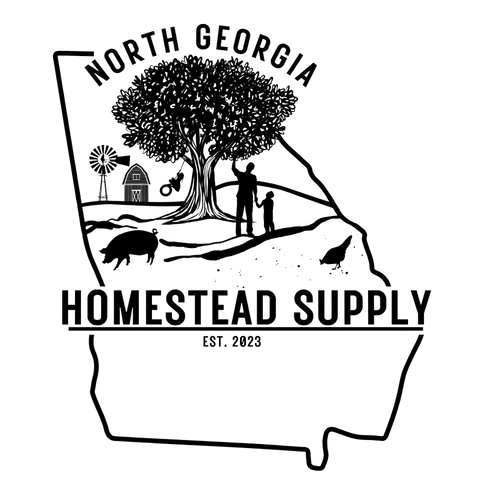Spring Has Arrived!
Cold weather is officially behind us, and planting has begun! Let's talk about what we can do now to set our gardens up for success.
First, amend and enrich your soil. A great place to start is with a soil test. You can easily test your soil at home using PH strips, water, and a soil sample; you can also purchase soil testing kits, or send soil samples to your local extension office for testing. From there, add appropriate amendments, bringing the nutrient levels up to what they should be. All plants are different, so be sure to read up on what each individual plant in your garden needs. For example, tomatoes thrive in rich, slightly acidic soil, while sage and rosemary do better in alkaline soil. Mixing some nice finished compost or manure into your garden soil will give everything a nutritional boost as well. When adding compost or manure, make sure it is “cold”, or finished composting. If you add organic materials that are still breaking down (“hot”) to your garden, it can have a negative effect on your plants and actually rob them of the nutrients they need.
Next, let’s talk mulch. Mulch keeps the weeds at bay, the ground around your plants cool, and helps retain moisture in your garden beds. Straw and wood chips are both fantastic options for mulching. There are also living mulches--plants that have a sprawling habit, and can act as a ground cover. Make friends with shallow-rooting “weeds”, like ground ivy (Glechoma hederacea), and clover. Cucamelons (Melothria scabra) are another great option. The wild variety (Melothria pendula) comes up in our tomato bed every year, and completely covers the soil with its tiny vines and mouse-sized “melons”, smothering more invasive weeds. At the end of the season, the vines pull back like a carpet and are easy to remove. Herbs like purslane, chamomile, nasturtiums, tulsi, thyme, and sweet alyssum are great ground covers, and also bring pollinators in with their sweet-smelling flowers. That’s a win-win!
Lastly, now is the time to think about water. How can you keep your garden hydrated through another hot, dry summer without wearing yourself out? Setting up a rainwater catchment system in your garden is a great way to do this. Rain barrels are very simple to set up, and water spigots can be installed for easy access and watering. Perhaps you can look at the lay of your garden, and put in some strategically placed drainage ditches to carry rainwater to your in-ground beds. Rain chains are a beautiful addition to your garden, too. If you're interested in permaculture, look into swales, ponds, and water gardens. Whatever route works best for you and your garden, set things up now so that you and your plants are prepared for the summer heat.
Whatever your gardening needs, from gardening advice, to quality soil and compost, to cucamelon seeds, we’ve got you covered at North Georgia Homestead Supply. We are excited to be a part of your growing season! - Bess Miller



